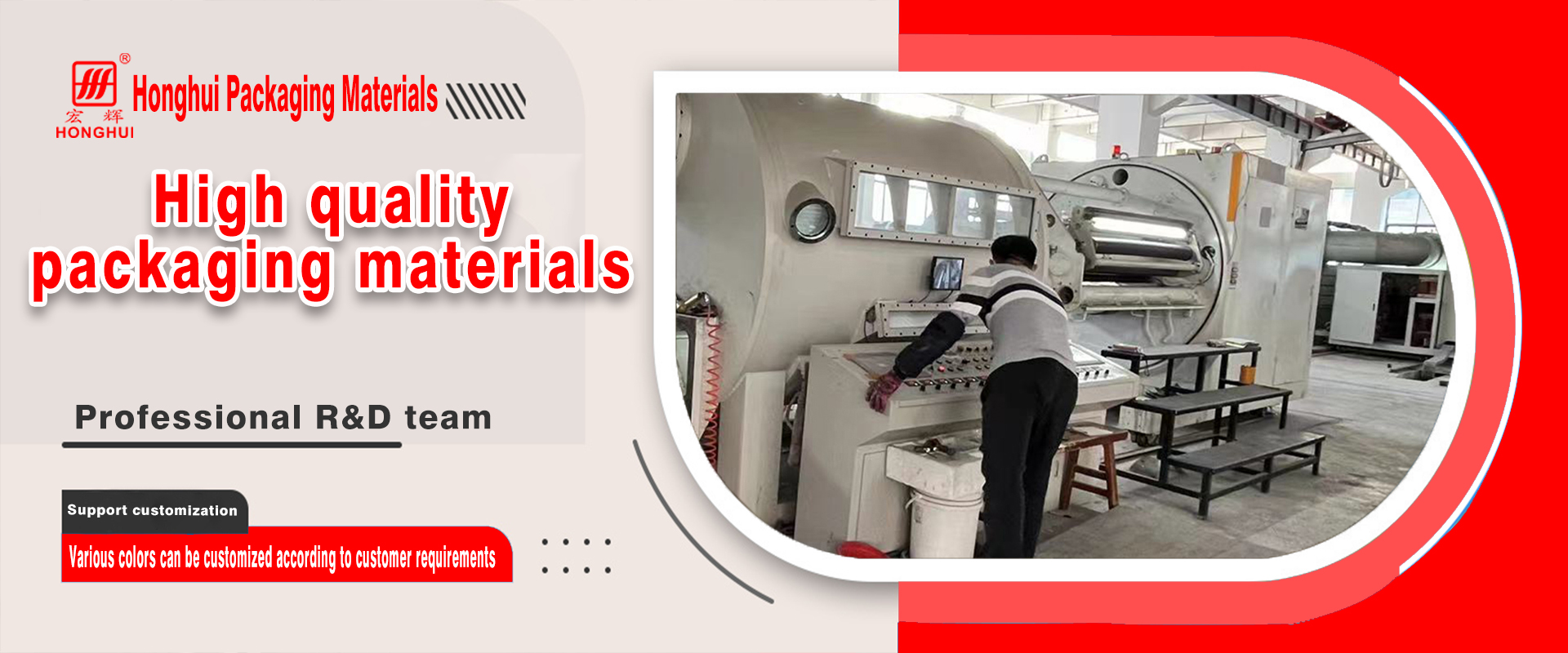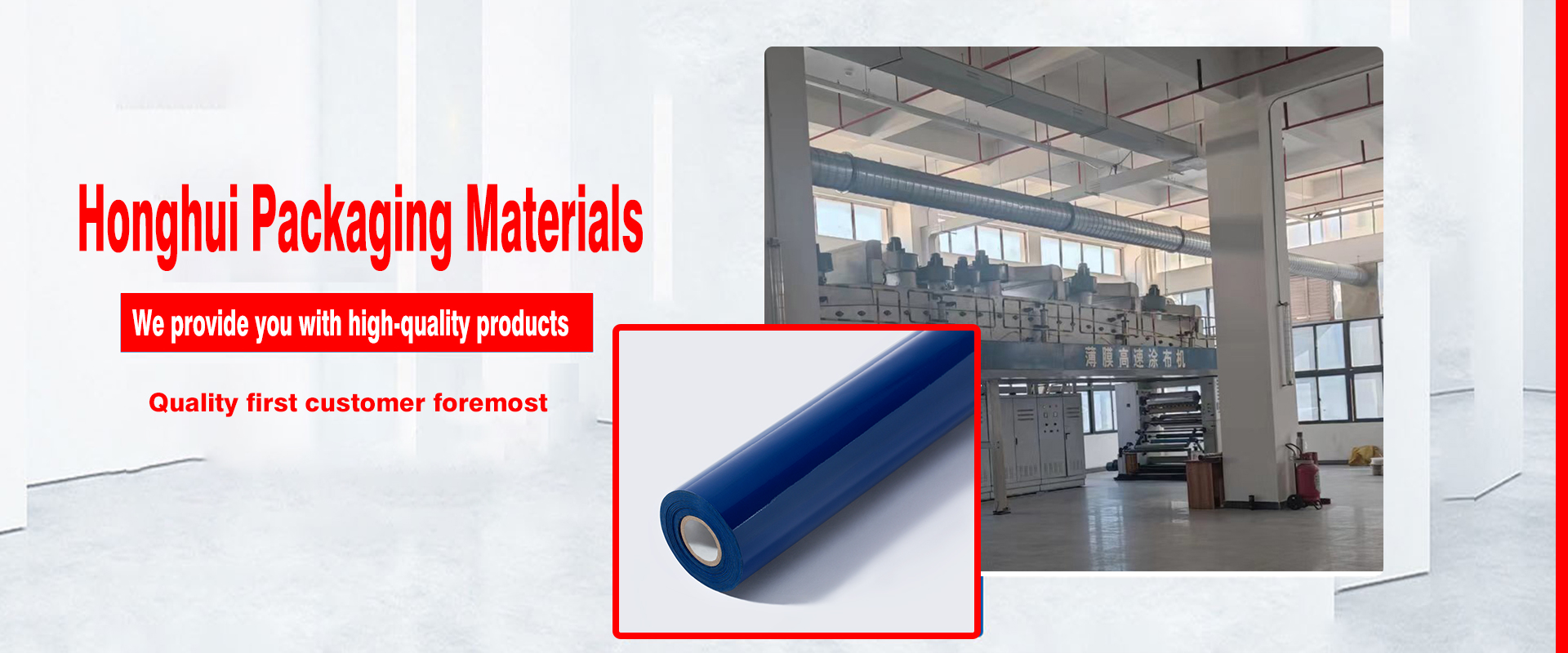Product Label - New Hot Stamping Technology in Paper Box Packaging Printing
In the fierce market competition, in order to increase the added value of products and more effectively carry out packaging anti-counterfeiting, more and more packaging paper boxes are adopting hot stamping technology. Hot stamping includes ordinary hot stamping, cold hot stamping, concave convex hot stamping, and holographic hot stamping. The commonly used ordinary hot stamping processes include flat press hot stamping and round press hot stamping, as round press hot stamping is a line contact. It has the characteristics of being widely used in hot stamping substrate factories, suitable for large-area hot stamping, and high hot stamping accuracy, and is widely applied.
Cold hot stamping does not require the use of heated metal plates, but instead uses printing adhesives to transfer metal foil. Cold hot stamping technology has low cost, energy saving, and high production efficiency, making it a promising new technology for development.
Concave convex hot stamping (also known as 3D hot stamping) is the use of modern carving techniques to create a combination of upper and lower negative and positive molds. The hot stamping and embossing processes are completed in one go, improving production efficiency. The molds made by electric engraving can have curved transitions, achieving a three-dimensional relief effect that is difficult to achieve with molds made by general corrosion methods. The emergence of concave convex hot stamping enables the simultaneous completion of hot stamping and embossing processes, reducing the number of processes and waste generated due to inaccurate overprinting.
Holographic identification uses computer technology to change the amplitude and frequency of the grating, making its effect more vivid and clear than the calculated color of the pattern. If this holographic identifier is used as the original copy, a large amount of holographic loss will occur, thus achieving the purpose of anti-counterfeiting. Holographic labeling not only has excellent anti-counterfeiting performance, but can also incorporate special numbers or text into holographic labeling according to customer needs. Its application in high-end paper box packaging is becoming increasingly widespread.
New challenges for paper adhesive labels
Detailed explanation: Paper self-adhesive labels pose a new challenge. Flexographic printing holds a considerable market share in the product label market, and product labels play an important role in product sales. So the product label must be designed beautifully, prominently, and enticing, making people reluctant to part at a glance and ultimately willing to pay for it. As the saying goes, love at first sight best represents the role that product labels play.
There are many varieties of product labels, and they are constantly developing with the development of the market and technology. In recent decades, pressure-sensitive labels (also known as adhesive labels) have continuously expanded their market share in the label market due to their advantages such as ease of use. However, it is uncertain whether such a high growth rate can be maintained consistently in the future. Because the pressure-sensitive type also has its shortcomings, the most important of which is that it is easy to be counterfeited. So in recent years, the application of non pressure-sensitive labels has also shown a growing trend. According to the 2001 research report on North American products, based on the survey results of more than 800 users in various packaging containers in the United States, Canada, and Mexico, it is believed that in the next three years, the share of labels that will be transferred from pressure-sensitive labels to other methods is roughly as follows:
1. Steering sleeve type accounts for 13%
2. Internal molding of the steering mold accounts for 9%
3. Turning to direct screen printing accounts for 6%
4. Maintain 72% of pressure-sensitive type
This is related to the increasing development of using plastic instead of glass or metal materials to manufacture product packaging containers. According to statistics, the plastic container market in North America has reached a huge $11 billion in recent years, with an annual growth rate of about 10%. Among them, PET (polyester) is the largest, followed by HDPE (high-density polyethylene), PC (polycarbonate), PP (polypropylene), PVC (polyvinyl chloride), etc.
1. The so-called roll on type labels are mostly plastic film types (including sleeve type, wrap type, heat shrink type, etc.); In terms of beverage containers mostly used for PET manufacturing, packaging carbonated chlorine beverages, fruit juices, ready to use tea beverages, etc. Because PET containers are suitable for hot filling.
2. The so-called in mold molding refers to placing the printed label in the molding mold of a plastic container. When the plastic container is molded in the mold, the label is bonded to the surface of the molten container, cooled and fixed, especially for HDPE containers.
3、 Selection of hot stamping process parameters
1. Temperature: The hot stamping temperature has a significant impact on the quality of hot stamping. The temperature is too low, causing insufficient melting of the peeling layer and adhesive layer of the hot stamping paper, resulting in problems such as inability to heat stamp or insufficient heat stamping. If the temperature is too high, phenomena such as sticking, bubbling, and loss of luster due to aluminum oxidation may occur. Therefore, the hot stamping temperature should be comprehensively considered based on the type of hot stamping paper, the hot stamping object (paper, plastic, cloth, leather, etc.), the hot stamping pattern, and other factors.
2. Pressure: The hot stamping pressure should not be too high or too low. If the pressure is too low, the adhesion between the hot stamping layer and the substrate will be poor, and the hot stamping paper will not peel off sufficiently, causing the hot stamping imprint to become blurred; Excessive pressure can cause uneven marks on the surface of the paste and substrate. At the same time, the size of the hot stamping pressure should be comprehensively considered together with the hot stamping temperature.
3. Hot stamping speed: In general, a slow hot stamping speed results in good adhesion, but a slow hot stamping speed can affect production progress. The hot stamping speed is too fast, and the contact time between the hot stamping paper and the substrate is short. The adhesive layer and the peeling layer are not fully melted, resulting in difficulty in peeling and weak adhesion to the substrate. Therefore, the hot stamping speed should be appropriate. At the same time, the hot stamping speed must be adapted to the hot stamping pressure and temperature. Good hot stamping paper, suitable for high-speed hot stamping machines.




